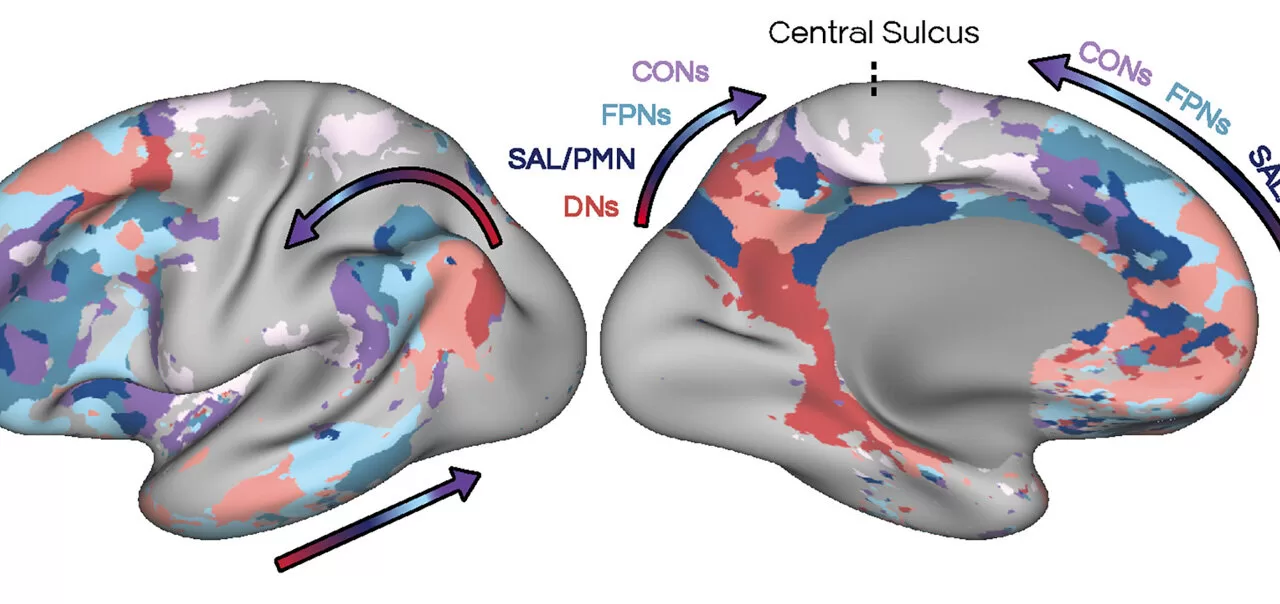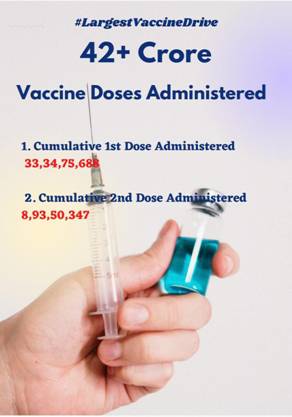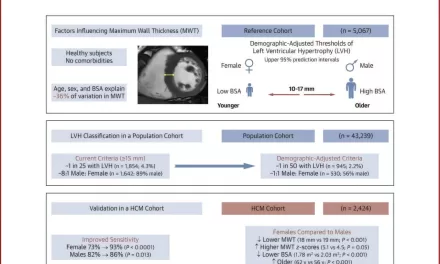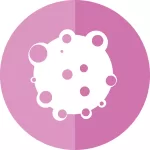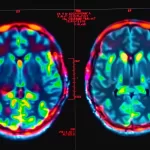A groundbreaking study by Northwestern Medicine has unveiled that two widely distributed brain networks, previously thought to be separate, are in fact strongly correlated and work together to support recognition memory. The research, published in Cell Reports, could have significant implications for understanding cognitive functions and treating neurocognitive disorders.
The study, led by Dr. Rodrigo Braga, an assistant professor in the Ken and Ruth Davee Department of Neurology’s Division of Epilepsy and Clinical Neurophysiology, revealed that the parietal memory network and the salience network, both playing crucial roles in memory recognition and detecting important stimuli, are more interconnected than previously believed.
Historically, these two networks, located in different regions of the brain—posterior and anterior—had been treated as distinct. However, through high-resolution functional MRI imaging, Dr. Braga and his team found compelling evidence that the networks are actually closely linked, forming a unified network with an architecture similar to other brain networks.
Dr. Braga pointed out, “We asked why do these two networks look different, when all the other networks have a similar distributed architecture? Our data shows they are really closely linked, which suggests that previous studies may have divided them too sharply.”
The research also found that when these networks are viewed as a single system, they follow the same distributed organizational structure seen in other brain networks, challenging prior assumptions. The implications of these findings extend beyond academic curiosity, potentially influencing treatments for disorders like major depressive disorder, which is associated with dysfunction in the salience network.
Dr. Braga emphasized that neuromodulation, a therapeutic technique targeting brain activity, could be applied to the newly identified unified network to offer broader treatment options for such neurocognitive conditions. “Our work suggests that neuromodulation could be applied to other parts of this unified network to theoretically achieve therapeutic effects,” he noted.
This research opens new doors for understanding brain function and developing innovative treatments for conditions involving cognitive impairment. However, further studies are needed to confirm these findings and explore their potential clinical applications.
Disclaimer: The research discussed in this article is based on the study “Situating the Salience and Parietal Memory Networks in the Context of Multiple Parallel Distributed Networks Using Precision Functional Mapping” by Young Hye Kwon et al., published in Cell Reports in 2025. While the findings are promising, they represent preliminary results that require additional validation through further research before their full therapeutic potential can be realized.

